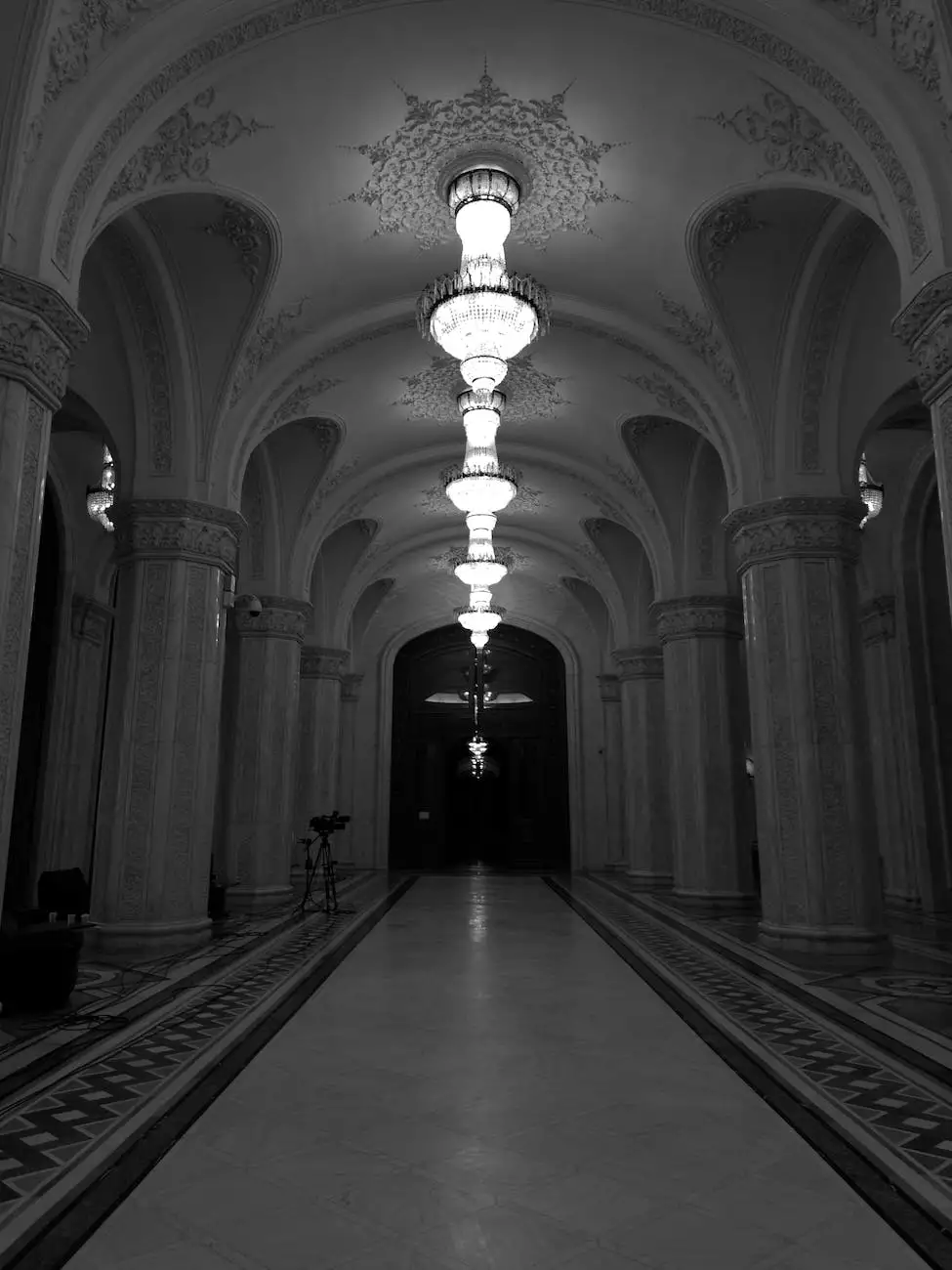The Ups & Downs of Drones
News
Introduction
As the field of heavy industry and engineering - architecture continues to evolve, new technologies are constantly reshaping the way we operate and innovate. One such technology that has garnered considerable attention in recent years is the unmanned aerial vehicle, commonly known as a drone. In this article, we will delve into the fascinating world of drones and explore their upsides and challenges within the heavy industry and engineering - architecture sector.
The Advantages of Drone Technology
Drones offer an array of advantages that contribute to their increasing popularity in various industries, including architecture. One of the key benefits is their ability to provide aerial perspectives and capture high-quality images or videos, which can revolutionize the way architects visualize and present their projects.
With drones, architects can effortlessly survey large areas, capturing detailed data that was often time-consuming and labor-intensive in the past. This not only saves valuable resources but also enhances the accuracy and efficiency of data collection. Additionally, drones equipped with specialized sensors enable architects to gather crucial information about the environment, such as temperature, humidity, and even air quality, supporting sustainability initiatives.
Another advantage of drones lies in their ability to access hard-to-reach or hazardous areas. Traditional methods of inspecting buildings or structures often involve significant risks, time, and resources. Drones provide a safer alternative by accessing confined spaces or heights without endangering human lives. This capability enhances the speed and accuracy of inspections, leading to cost savings and improved safety measures.
The Challenges and Limitations
While the potential of drones in heavy industry and engineering - architecture is vast, several challenges and limitations need to be addressed. One notable concern is the ever-evolving regulations surrounding drone usage. As authorities continue to refine and impose stricter rules, professionals in the field must stay abreast of the latest legislation to ensure compliance and the ethical use of drones.
Additionally, drone technology still faces certain limitations, including flight duration and payload capacity. The current battery life of drones often restricts their operational time, especially for larger-scale projects. Furthermore, the size and weight limitations of many drones place constraints on the equipment and tools they can carry, affecting their overall utility in certain architectural applications.
Potential Applications in Architecture
Despite these challenges, the potential applications of drones in architecture are vast and exciting. One area where drones can bring significant value is in site surveys and mapping. By capturing detailed aerial imagery, architects can generate accurate topographical data, aiding site analysis and informing design decisions.
Drones also play a crucial role in monitoring construction progress and conducting inspections. With regular drone surveys, architects can effortlessly track project milestones, identify potential issues early on, and ensure that construction aligns with the original plans. The ability to document and analyze site progress from a bird's-eye view provides architects with invaluable insights and enhances overall project management.
Beyond design and construction, drones can contribute to the maintenance and preservation of architectural assets. By conducting routine inspections, architects can identify structural weaknesses, facilitate predictive maintenance, and prolong the lifespan of buildings. This proactive approach saves costs associated with reactive repairs and ensures the safety and longevity of architectural structures.
Conclusion
In conclusion, the versatile nature of drones presents both opportunities and challenges within the heavy industry and engineering - architecture sector. The advantages of aerial perspectives, efficient data collection, and improved safety measures demonstrate the transformative potential of drones in architecture. However, professionals must navigate regulatory landscapes and overcome technical limitations to fully seize the benefits that drone technology offers. Embracing drones as a powerful tool can revolutionize the way architects approach design, construction, and maintenance, ultimately shaping the future of the industry.




